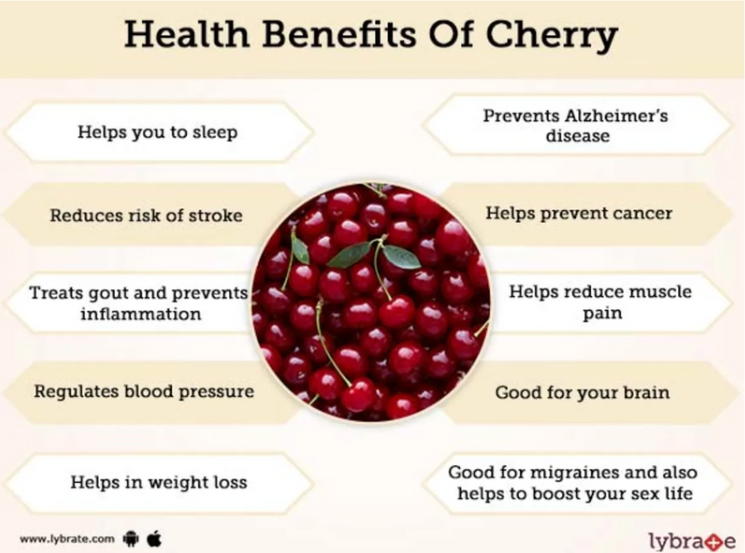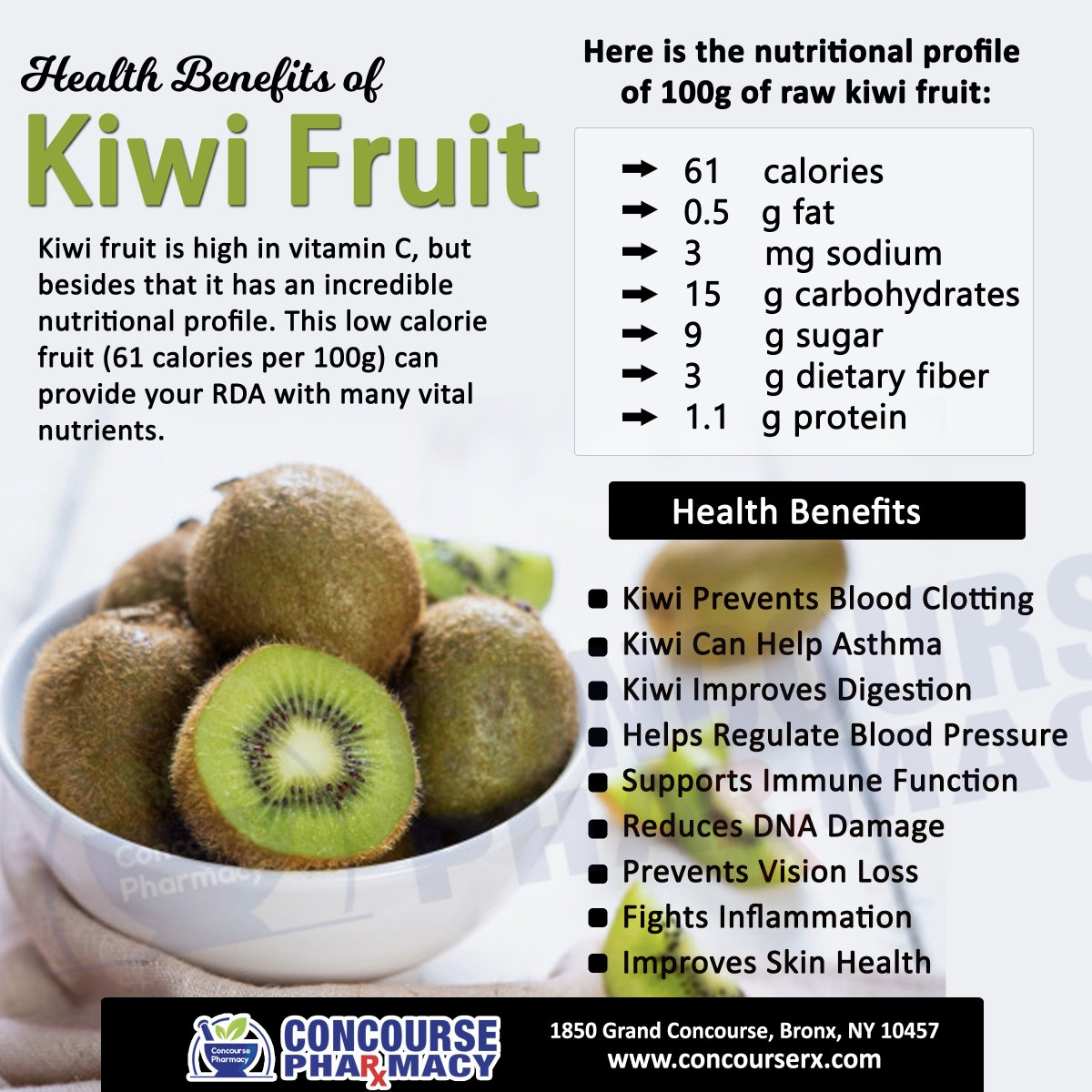Figs
HISTORY AND BACKGROUND
Figs are the fruit of ficus tree, which is part of the mulberry family (Moraceae). They have a unique, sweet taste, soft and chewy texture, and are filled with slightly crunchy, edible seeds. Fresh figs are delicate and perishable, so are often dried to preserve them. This produces a sweet and nutritious dried fruit that can be enjoyed all year round.
There are multiple varieties of fig, all of which vary in colour and texture. The fruit is pollinated by a tiny wasp where the flowers actually bloom inside the fruit. This produces the tiny seeds inside the fruit that give it its distinct crunch. Fig trees actually never blossom with flowers. Their unique feature is a little bud-like opening called an ostiole at the top which helps the fruit develop. Due to their natural sweetness they were often used as a sweetener before the days of refined sugars.
Impressive Health Benefits
- Promotes digestive health. Figs are often recommended to nourish and tone the intes...
Sea Salt

By: Zarita Mahomed
I will be writing a series on Spices. Letting you know the benefits of the basic spices that we use daily. This month we will start with salt(sodium) and we will then look into sea salt, Pink salt, Black salt, amongstother types of salt beforemoving on to different spices.
HISTORY AND BACKGROUND
Salt comes from two main sources: sea water and the sodium chloride mineral halite (also known as rock salt).
The history of salt traces back to as far as 6050BC. Salt was used as part of religious offerings and to preserve mummies in Egypt. It was a valuable good traded between the Phoenicians and their Mediterranean empire. It was also prized by the ancient Hebrews, Greeks, Romans, Byzantines, Hillites, Egyptians, and Indians. Salt became an important article of trade and was transported by boat across the Mediterranean Sea, along specially built salt roads, and across the Sahara on camel caravans.
The addition of salt to food began relatively recently, about 5000 year...
ALMONDS

By: Zarita Mahomed
HISTORY AND BACKGROUND
People all over the world have been eating almonds for thousands of years. Today, about 80% of all almonds are produced in California.
The exact ancestry in unknown, but almonds are thought to have originated in China and Central Asia. Explorers ate almonds while traveling the "Silk Road" between Asia and the Mediterranean. Before long, almond trees flourished in the Mediterranean - especially in Spain and Italy.
Almonds are part of the plum family, Almonds are commonly referred to as a nut but they are actually teardrop-shaped edible seeds that are the fruit of the almond tree. You can buy them shelled or blanched (been treated with hot water to remove the brown outer coating, leaving the white interior).
IMPRESSIVE HEALTH BENEFITS

Almonds contain lots of healthy fats, fibre, protein, magnesium and vitamin E. The health benefits of almonds include lower blood sugar levels, reduced blood pressure and lower cholesterol levels. They can a...
PLUMS

HISTORY AND BACKGROUND
Plums are one of the most popular of the stone fruits. Earliest known data of plums indicates that Plums in Europe were only discovered around two thousand years ago, originating in the area near the Eastern Europe or Western Asia. In ancient Roman times, 300 varieties of European plums were mentioned.
IMPRESSIVE HEALTH BENEFITS
Plum Fruits for human body is very amazing, mainly for preventing cancer. You call it plum when it is fresh, and you call it prune when it is dried, but both of them are full of nutrients. So no matter which type that you eat, you can still reap the benefits.

- Regular intake of dried plums helps in promoting fluidity of blood in the arteries thus maintaining cardiovascular health.
- plum extracts have been proven beneficial in the treatment of cancer.
- Regular Consumption of dried plums exerts anabolic and anti-resorptive actions, which aid in maintaining healthy bones with can assist with preventing osteoporosis.
- Plums consist of ...
CHERRIES

Cherries derive their name from the Turkish town of Creases. Turkey remains the largest cherry producing region in the world. Cherries migrated with the colonists from Europe in the 1600’s.
There are two major categories — tart and sweet cherries, or Prunus cerasus L. and Prunus avium L., respectively.
JUICY FACTS ABOUT CHERRIES
- A cherry tree can grow 33 feet in height!
- The cherry tree develops beautiful white flowers during the spring. Cherry production starts 3 to 4 years after planting
- There are over 1000 different varieties.
- A cherry tree can survive and produce fruit for around 100 years.
- The World Record for cherry-pit spitting is 93 Feet set in 2004.
- There ae 2 main types of cherries: sweet and tart.
- A typical cherry tree produces 7000 cherries.
- A cherry tree can be harvested in seven seconds using a mechanical tree shaker.
- Japanese cherry blossom trees don’t produce fruit.

Cherries are jam-packed with antioxidants, vitamins and minerals that are good for ...
APRICOTS

HISTORY AND BACKGROUND
Apricots are small, pitted fruit, about the size of a golf ball. They are similar in appearance to a small peach. They have a very light fuzz on the skin, are pale orange to deep saffron in color and often show a tinge of pink or red blush on the cheek. It is classified to be the same member of the rose family as peaches. Apricots only ripen on the tree.
The apricot (Prunus armeniaca) is a fruit-bearing tree native to China where it was originally domesticated but is now cultivated on every continent except Antarctica. They were first introduced to the Western world in the early 18th century by Spanish missionaries in California.
GENERAL TRIVIA ABOUT APRICOTS
- One apricot tree can produce fruit for as many as 25 years.
- There are literally dozens of different varieties of apricots.
- Different varieties will ripen at different times of the season, from late spring right through until mid-summer.
- Each variety has its own unique flavour
- Trees can be grow...
PEACHES

HISTORY AND BACKGROUND
Peaches are believed to have originated in China as far back as from 6000BC.They belong to the genus Prunus, which includes the cherry, apricot, almond, and plum, in the rose family.
Peaches and nectarines are the same species, though they are regarded commercially as different fruits. (The skin of nectarines just lack the fuzz!)
The scientific name Prumus persica, is derived from an early European belief that peaches were native to Persia (modern-day Iran) and literally means "Persian plum", as it is closely related to the plum.
General Trivia About Peaches
The fruit is considered a symbol of longevity and good luck. This is particularly symbolic in China, the only country where peaches grow wild. They are the fruit of calmness. Peach aromas have demonstrated analgesic effects such as reducing the feelings of pain, lifting depression, and reducing anxiety.
Nectarines are just peaches without the fuzz. The peach, Prunus persica (translates to Persian plu...
Pineapple Peel

HISTORY AND BACKGROUND
Last month I wrote about the Pineapple and the benefits of the fruit pulp. Most of us cut off the thick, prickly skin and just throw it away!!! Guess what? Pineapple peels actually are very helpful and have many medical benefits as well.
The peel or back of Pineapple (Ananas comosus) is packed with nutrients, antioxidants, and other helpful compounds and can be eaten raw, boiled, or soaked in water. Let’s find out more about the nutritional values of pineapple peels so we stop trashing them.

- Enhances digestion as the peels contain bromelain enzymes that aid with the breakdown of high protein foods
- Acts as a diuretic - The pineapple peel contains various minerals that help eliminate toxins. When consumed, the minerals act as a natural diuretic and give your kidneys a cleanse.
- Relieves cough and catarrh due to the anti-inflammatory agents in the peel. It reduces the mucous blocking the airways.
- Improves immunity as it is also rich in vitamin C, so helps...
Pineapple

HISTORY AND BACKGROUND
Pineapple (Ananas comosus) is an incredibly delicious, healthy tropical fruit. This fruit has a tough rind made up of hexagonal units and a fibrous, juicy flesh which may be yellow to white in color. Pineapples may reach 1.5–1.8 m (5–6 ft) in height. Originating in South America, it was named by early European colonisers for its resemblance to a pine cone. The pineapple was brought to Europe by Christopher Columbus.
IMPRESSIVE HEALTH BENEFITS

- Low in calories, loaded with nutrients, like Vitamin C and Manganese.
- High in Fibre
- Contains disease-fighting antioxidants that may reduce risk of heart disease, diabetes and cancer.
- May aid digestion due to the presence of bromelain which is a digestive enzyme that helps breakdown protein.
- May reduce risk of cancer.
- May boost immunity and suppress inflammation.
- Osteoarthritis Relief.
- The bromelain also helps to speed recovery after surgery or strenuous exercise.
- Consuming pineapple at night 30 mins ...
Kiwi Fruit

HISTORY AND BACKGROUND
The kiwifruit is a large berry that grows on a species of woody vine in the genus Actinidia. Kiwis have been famously cultivated in New Zealand, but it actually originated in eastern China.
The kiwi fruit typically grows in an oval shape and is roughly the size of an egg. Its skin is camel in color, fibrous, and coated in a light fuzz. Despite its fuzzy covering, the kiwi’s skin is edible and tart. The kiwi’s flesh is bright green with rows of distinctive tiny black seeds, which can also be eaten. Kiwis have a sweet, tart, and bold taste — making them a popular addition to a healthy breakfast or lunch.
IMPRESSIVE HEALTH BENEFITS

Kiwi fruits are high in Vitamin C and dietary fiber and provide a variety of health benefits. Kiwi fruit stands number one in nutrient content compared to 27 other fruits. It is packed with twice the amount of Vitamin C — compared to oranges (per 100 mg) — and has twice the amount of nutrients — compared to apples (per 100 mg).
...
